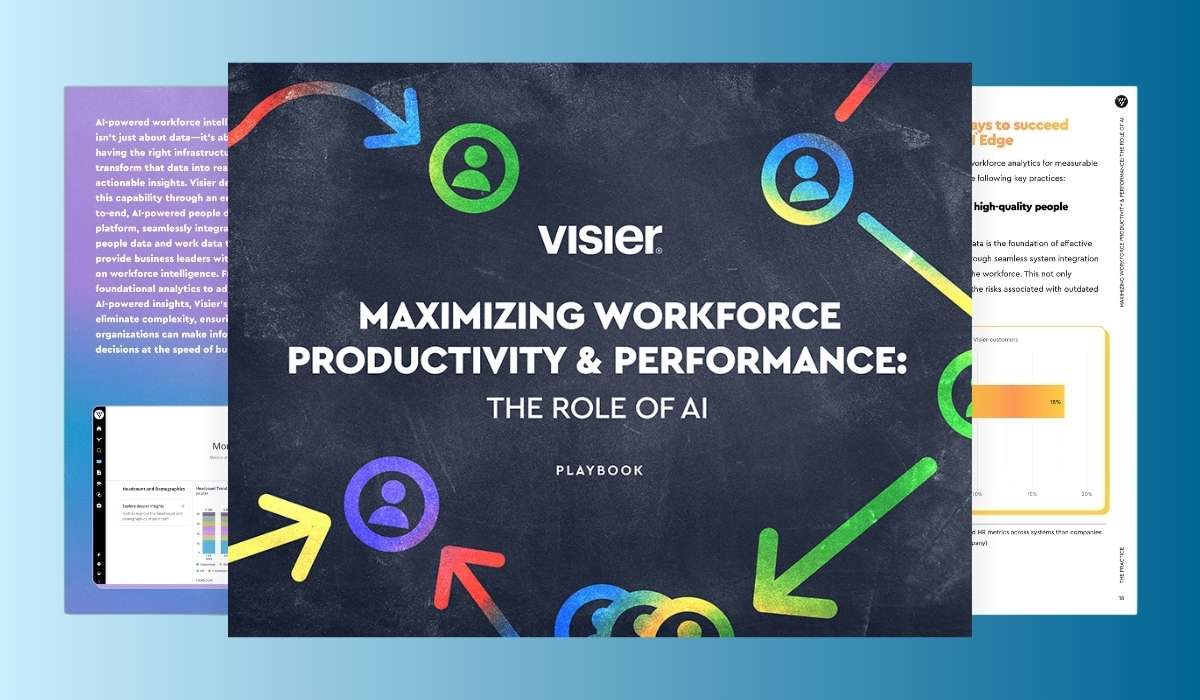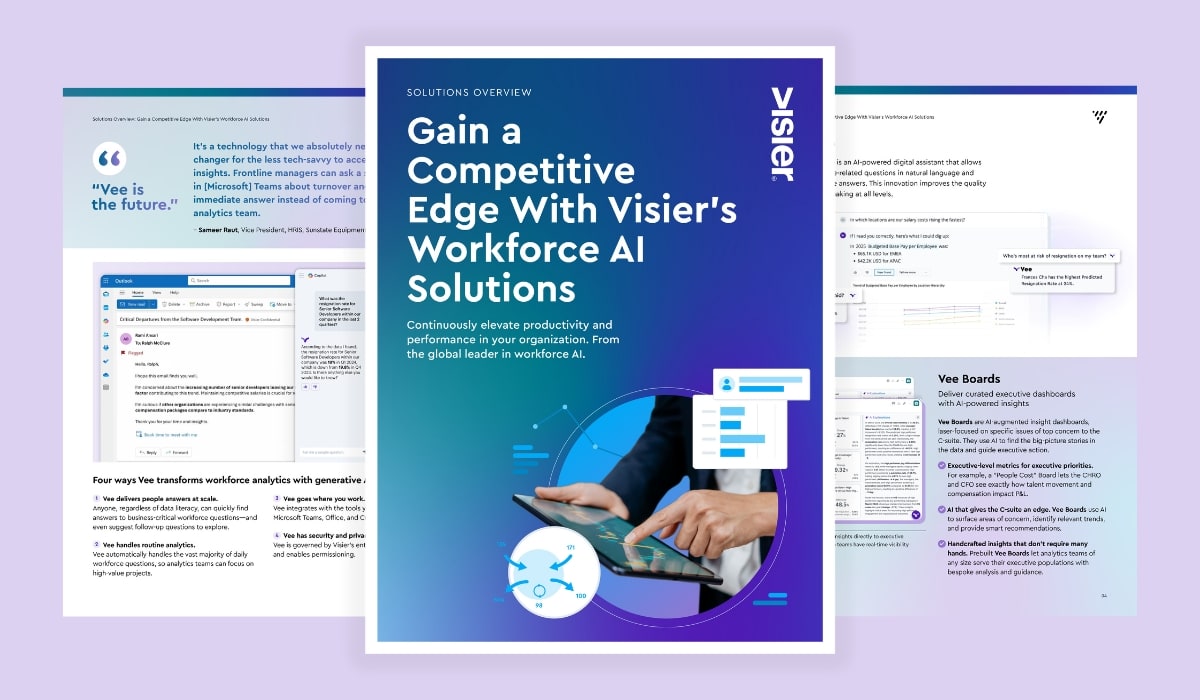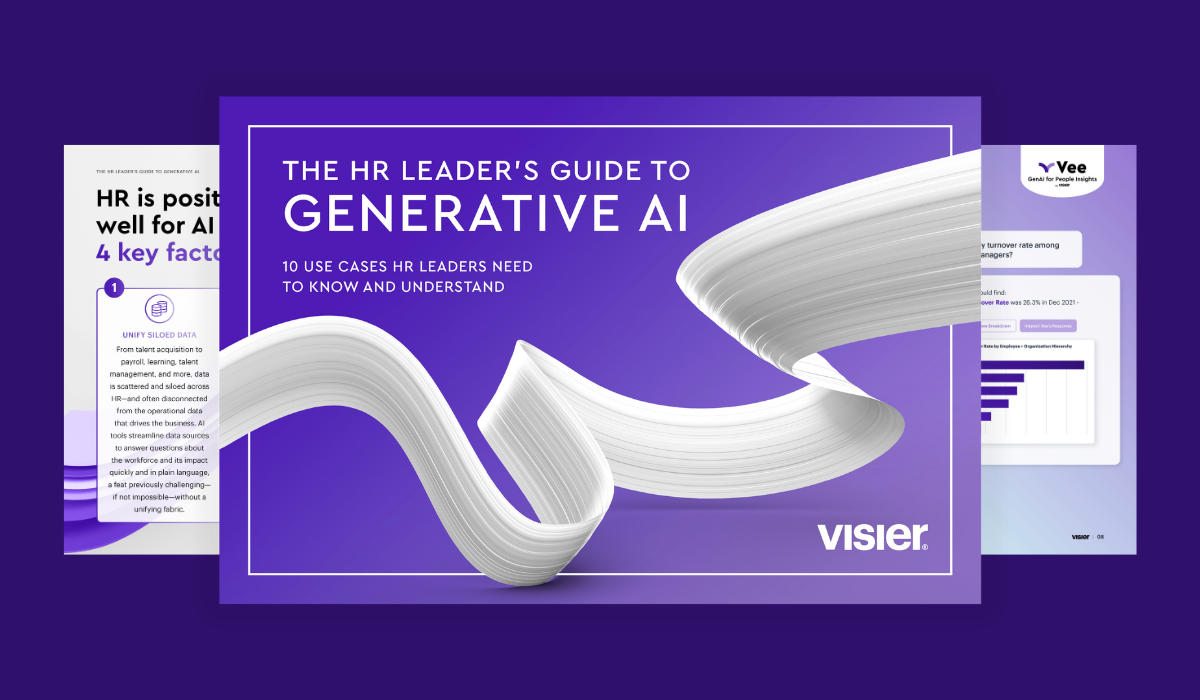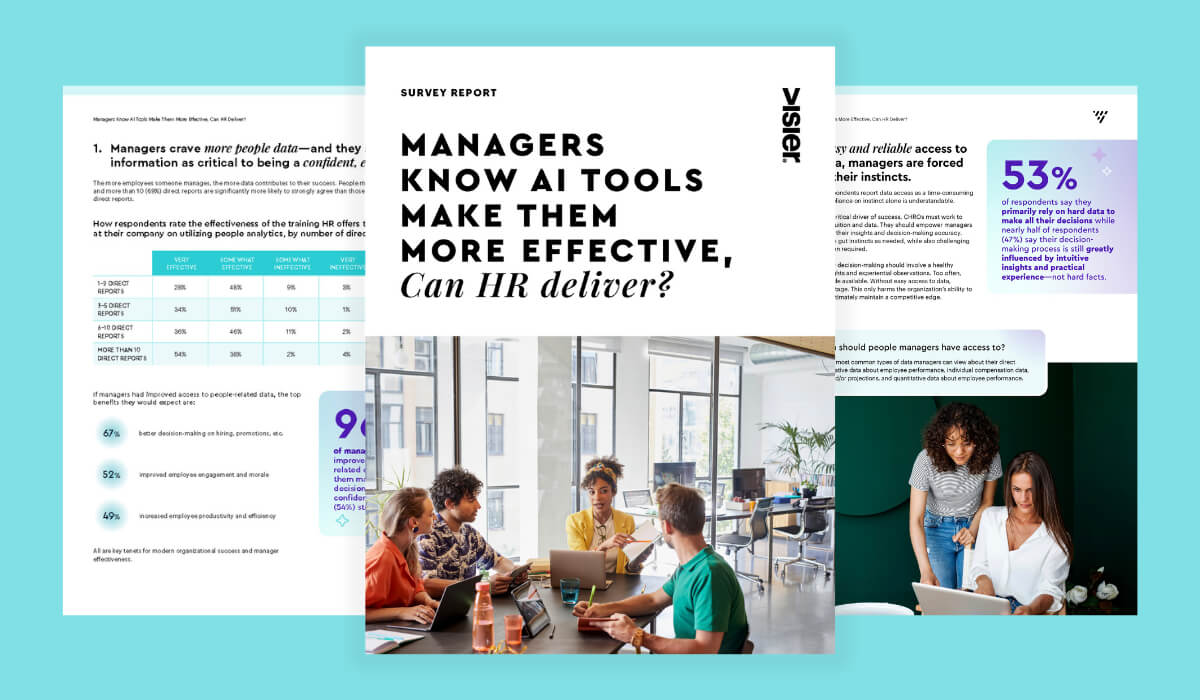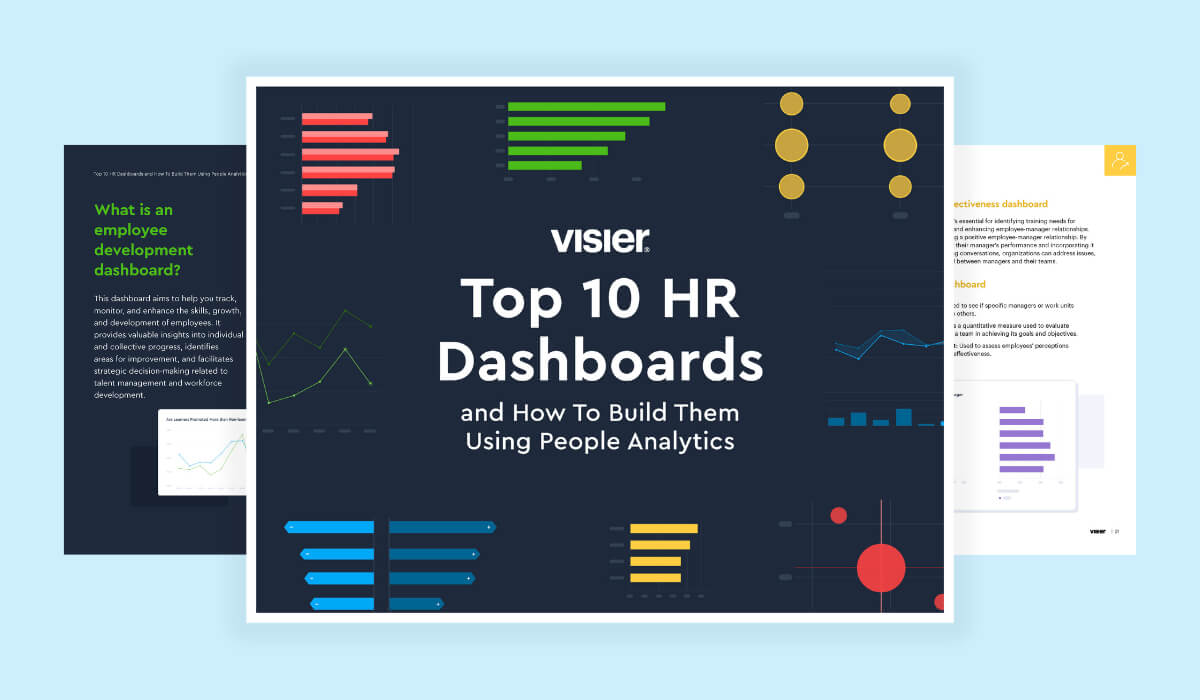HR ANALYTICS
Employee Performance: What It Is and How To Measure It
Employee performance is one of the most critical aspects of any business. Read this guide to learn what employee performance is, how to measure it, and how to improve it.
Take a tour
Table of contents
What is employee performance?How to improve employee performance5 employee performance metrics to trackGet insight into employee performance with workforce analyticsWhat is employee performance?
Employee performance refers to how well (or poorly) an employee fulfills their duties and reaches their goals. Accurate performance measurement includes the quality, quantity, and efficiency of a person’s work.
Employees drive your company forward. High performers can help you achieve goals faster, while low performers can have the opposite effect. Your employees’ hard work, creativity, and capacity for innovation inspire their peers and help the company stay competitive.
Using AI data analytics to monitor and manage employee performance will benefit both the company and the individual. It shows each person what they need to improve and allows the company to create development opportunities for its staff members.

How to improve employee performance
Employee performance management is often more complex than it seems. Achieving consistently high performance requires employee motivation, the right skills, engagement, and job satisfaction. AI-powered performance management systems can provide real-time performance analytics, predictive insights, and data-driven evaluations, taking some of the subjectivity out of the often-criticized process.
But a human touch is still required. Here are some important steps managers should take to boost employee performance:
Be transparent in your goals and expectations. It’s hard for employees to do a good job when they don’t know what’s expected of them. Set clear, achievable goals, and ensure employees know what they’re working toward.
Provide constructive feedback. Don’t criticize for critique’s sake. Instead, show employees what they have done well, and where they could have done better. Discuss how they can improve and listen to their concerns.
Prioritize learning and development (L&D). Employees who learn nothing new can’t make progress, and eventually, they will start underperforming. Create L&D programs that help your staff members expand their skill sets and learn new things.
Create a merit reward program. Top performers could quickly lose their motivation if their efforts aren’t recognized. A merit reward program motivates employees to do their best all the time. The goals should, again, be clear and achievable. If the standard is too high to reach and nobody can get a merit reward, your program will demotivate employees.
Focus on internal mobility and succession planning. Providing opportunities for promotion or lateral movement keeps employees longer. In addition, workers perform better when they know these options are available. Start an internal mobility and succession planning program, that includes L&D opportunities, mentorship, and more.
Make work-life balance a priority. Don’t expect employees to set everything aside and work non-stop for the company. On the face of it, this may seem like a way to boost performance and productivity. But in the long run, it will lead to burnout, absenteeism, a drop in performance, and turnover. Create a healthy workplace culture that encourages work-life balance and promotes well-being.
Create a strategic compensation strategy. Like it or not, compensation can have a strong impact on employee performance. Ensure you’re not underpaying your staff and, at the same time, be transparent about pay and pay practices.
How to improve employee performance
Evaluating employee performance is a complex but necessary process. It helps employees know if they’re on the right track, or where they may need to improve. It also helps companies spot performance issues before they affect major business processes and outcomes.
To measure employee performance, you’ll need to use a combination of metrics and performance reviews. Metrics are objective data, while reviews and feedback require careful planning and are more personal. Here are some popular ways to evaluate employee performance. AI tools can help managers in each of these evaluation methods.
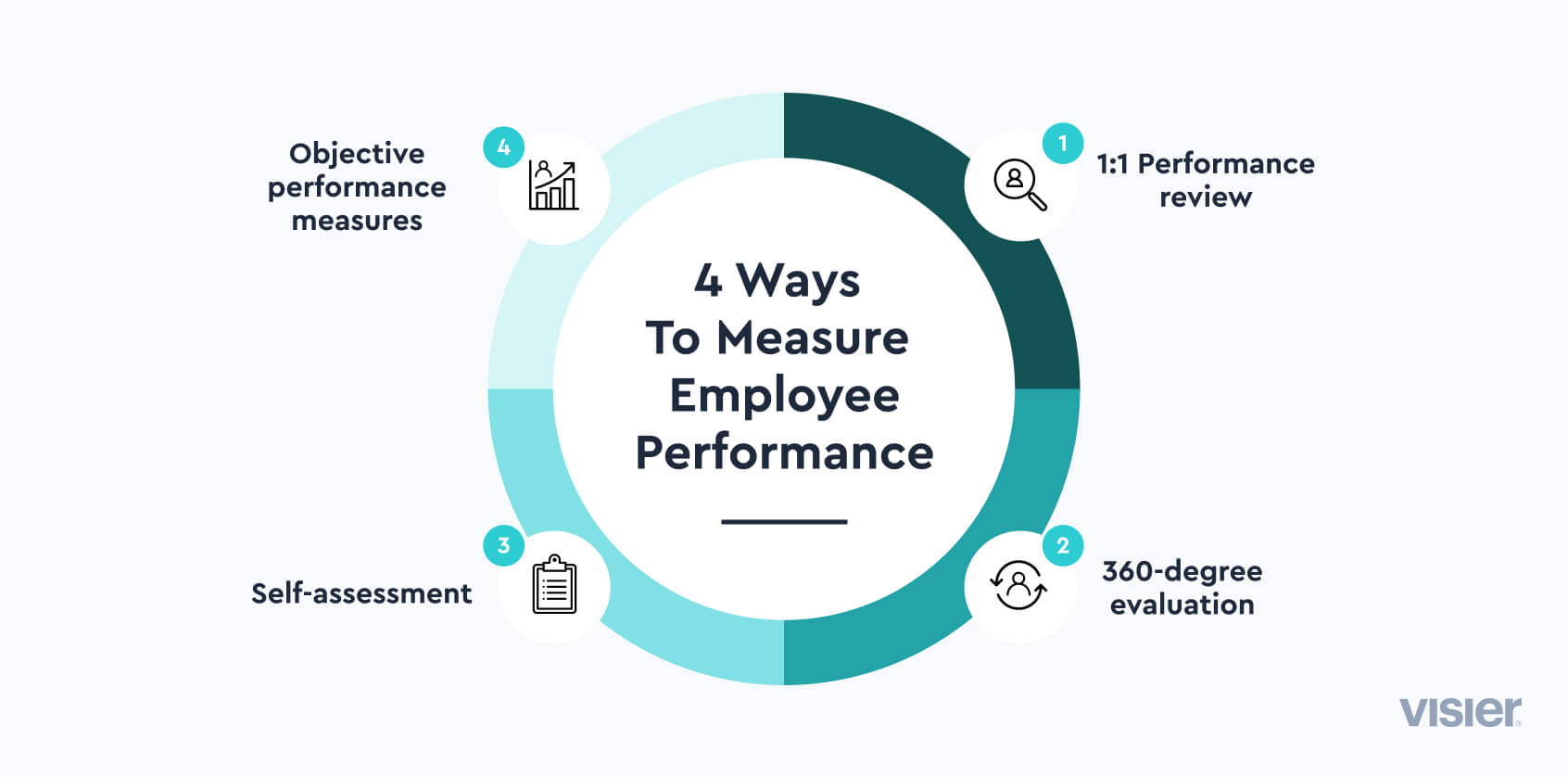
1. Standard performance evaluation
Standard performance evaluation involves 1-1 assessments where a manager evaluates one of their direct reports. They can look at multiple dimensions, including:
Specific project performance evaluation and outcomes.
Behavioral assessment; how well employees engage and work with colleagues and customers.
Ethical and professional conduct, and more.
Be sure to give constructive feedback to help employees understand where they are meeting or exceeding expectations and where they could improve. Work with them to create an L&D plan that helps them gain all the necessary skills they need for top performance today and in the future. AI tools can help here by personalizing development options based on corporate and employee goals, past performance, areas of interest, and future needs.
Remember to listen. Performance evaluations may feel one-sided, but they shouldn’t be. Take the time to seek and hear about an employee's concerns or difficulties. Then, work with them to find the best solutions.
2. 360-degree evaluation
A 360-degree evaluation gathers feedback from multiple sources, including coworkers, subordinates, and customers. The more varied the sources, the better the results. A 360-degree evaluation provides insight into task performance and collaboration abilities.
3. Self-assessment
Self-assessments add a different layer to performance evaluations. They have a degree of subjectivity, but they also provide insights into an employee’s self-awareness and their understanding of the company’s goals.
In addition, you’ll get a good look at your employees’ willingness to improve and grow. You shouldn’t rely on self-assessments alone for a performance evaluation. But they’re a great tool to augment additional metrics and other types of reviews.
4. Objective-based performance
This type of review looks strictly at the goals an employee has reached and whether met designated deadlines. To make the most of this type of evaluation, it’s important to involve your employees in the goal and deadline-setting process. This helps them better understand what’s expected of them, commit to achieving mutually determined goals, and feel a sense of inclusion.
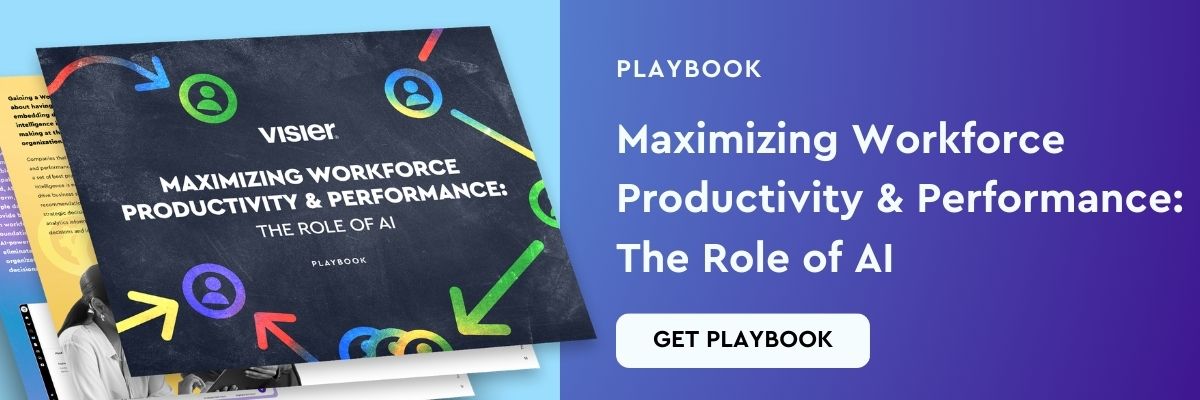
5 employee performance metrics to track
No performance review can be completed without tracking performance metrics. Here are five metrics to pay close attention to. Developing a performance dashboard and using AI to track and analyze outputs can increase both efficiency and effectiveness in the performance management process.
1. Revenue per employee
This is an important measure of productivity and effectiveness. It’s calculated by dividing the company’s total revenue during a given period by the total number of employees. While this doesn’t give you a view of individual performance, it’s a simple way to see how efficient and effective your workforce is.
Revenue per employee can also be used to benchmark your company’s performance against the industry average and direct competitors.
2. Absenteeism rate
Absenteeism and performance are strongly correlated. Employees who are engaged and satisfied with their job perform better and rarely miss work.
On the other hand, employees who are disengaged and unhappy with their jobs will have higher absenteeism rates and lower performance. High absenteeism rates also often precede resignations, making it acritical metric for any business to track.
3. Net promoter score
The net promoter score (NPS) is a less common yet very effective way to gauge employee commitment to the organization. The NPS is a number, usually between 1 and 10, that represents how likely an employee is to recommend the company to a friend. It’s based on their rating of the statement: “I would recommend (company) as a great place to work.”
A score of 9-10 means the employee would definitely recommend the company. It also indicates that the employee is highly satisfied with their job, engaged, and likely to be a top performer.
4. Role-specific KPIs
In addition to aggregate metrics of employee performance, role-specific key performance indicators (KPIs) can be used, including metrics like:
Total number of sales over a given period.
Number of errors.
Product defects.
New leads over a given period.
As you work with employees to establish goals, take time to determine a relevant KPI that can objectively measure the employee’s effectiveness.
5. Learning and development metrics
L&D plays an essential role in employee performance. Metrics related to L&D show how well employees are learning and applying new skills. These metrics also provide an indication of employees’ willingness to learn new skills and support their own development.
L&D is highly correlated with enhanced productivity and performance. It also boosts job satisfaction, engagement, and retention. Combining these metrics with other KPIs provides a clear view of performance and growth.

Get insight into employee performance with workforce analytics
Employee performance is multidimensional. It’s important to look at people data and business data together to understand what drives excellent performance, productivity, engagement, and more. Visier People® is a complete solution for workforce analytics that will help you answer your most pressing workforce questions. From talent acquisition to retention, workforce productivity, and compensation, leveraging the power of technology and analytics will help you solve the most complex challenges in simple ways.
Visier’s AI-powered digital assistant, Vee, gives people managers, HR teams, and business leaders instant insights into employee performance. Users can ask Vee questions like "How many high-performing employees do we have?" or "How does compensation affect employee performance?" and get instant answers with data visualizations and text explanations so they can make instant, targeted decisions to improve employee performance.

Employee performance management is an integral part of driving individual and organizational outcomes. By taking a multi-faceted approach to performance management that relies on a variety of input and metrics, and leveraging new AI-powered tools like Vee, organizations can optimize the performance management process and see real bottom-line impacts.
